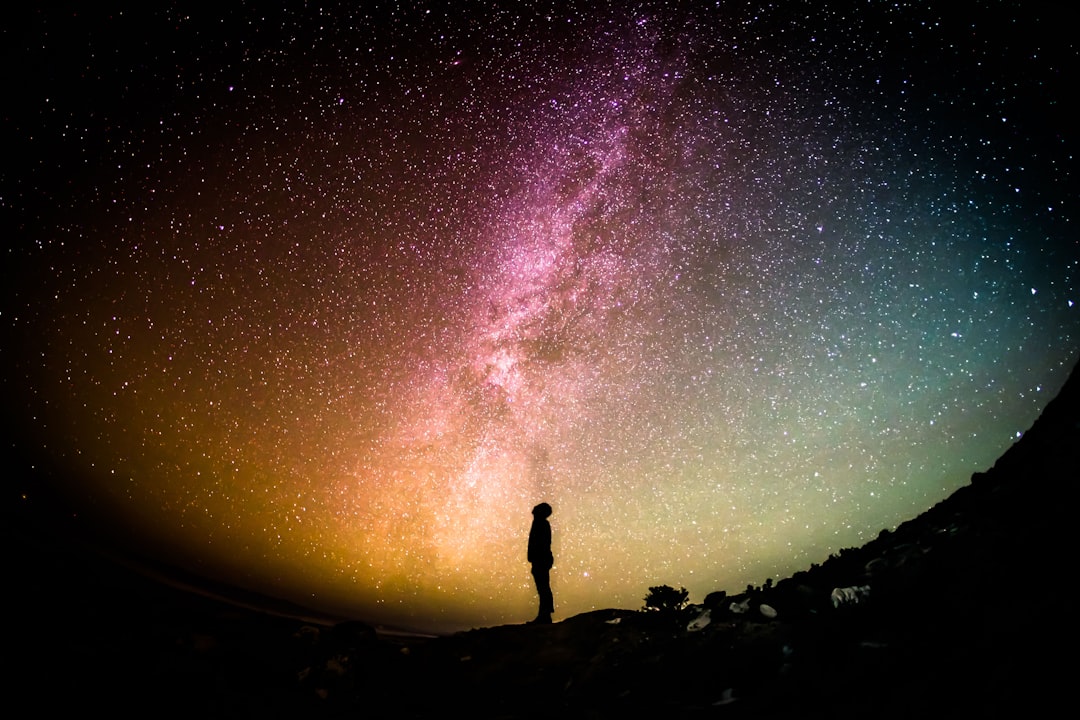I’ve been busy researching pregnancy for the past few weeks (not that I didn’t already know a little bit about it! but really honing in on some of the biology!) and wowzers in your trousers, the more you learn about the female body, the most amazing it becomes. It’s funny how I somehow decided I was ‘not scientific’ when I was at school (probably because I was, and still am, fairly crap at maths), but whenever I focus in on the human body in my writing work, I become absolutely fascinated. Take this TED talk, for example, by Professor Helen O’Connell. She’s the woman who we have to thank for the understanding we probably all now have of the shape and structure of the clitoris, something that the vast majority of scientists prior to O’Connell had been unaware of. (Even those of them that were operating in that area - surgeons were going to great lengths to understand male sexual function and how to preserve it during surgery, but when it came to the female body, there was no corresponding care or interest). Helen’s story is riveting and there is so much to take from it about thinking outside of the box.
We have Helen to thank for the little diagram of the clitoris in My Period (which I was absolutely DETERMINED would make it into the book! A hill I would die on ha ha!)
There is a value and even a beauty to knowledge of our bodies that goes beyond biology. In the case of the clitoris, the benefits of a better understanding of this body part are obvious to most women, and knowing how it is shaped and its internal structure fundamentally changes our relationship to it and our own sexuality and sexual experience. After watching O’Connells TED talk, or seeing the diagram in My Period, we might, as Maya Angelou puts it, ‘dance like we’ve got diamonds at the meetings of our thighs’. We are greater than the sum of our body parts.
On Sunday I shared a quick twitter thread about another biological discovery I’d been researching for the book, something called ‘fetomaternal microchimerism’. Here’s what I wrote:
As it's Mother's Day, I thought I'd tell you about the phenomena of fetomaternal microchimerism. During pregnancy, foetal cells cross the placenta and have been found in the mother even decades later. It's thought this process also happens during breastfeeding.
And that it happens in reverse, meaning we may all have some of our mother's cells within us, as well as cells of any babies we have carried, regardless of whether they made it to term or not. This might be a comforting thought for those who are without mothers or babies today.
And it gets more beautiful: foetal cells have been observed to migrate to sites of injury in mother’s body, stimulating healing, & have even been found in caesarean scars. They've also been found to migrate to a mother’s heart, potentially helping her to survive a heart attack.
As always, there is lots more info to be found on this if you google. In the meantime, enjoy knowing that a little part of those we love the most stays with us in ways we are only beginning to understand. Happy Mother's day.
(and I linked to this article as a starting point for further reading)
The response was phenomenal - the tweet has apparently had about half a million views, 2.3k likes, and the same info shared on my instagram account had nearly 2k likes. Women were amazed by this information, and so so many found comfort in it, either because they had lost their own mothers, or had lost babies or children. This information about our lives at a cellular level brought existential meaning, a reassurance of what all of them said they already knew - that somehow mothers and their children are always deeply connected, and that this transcends death itself.
I’ll leave you with a poem that came to mind when I was thinking about all this, Now that I am Forever with Child, written by Audrey Lorde in 1968, long before science understand microchimerism.
How the days went
While you were blooming within me
I remember each upon each —
The swelling changed planes of my body —
And how you first fluttered, then jumped
And I thought it was my heart.
How the days wound down
And the turning of winter
I recall, with you growing heavy
Against the wind. I thought
Now her hands
Are formed, and her hair
Has started to curl
Now her teeth are done
Now she sneezes.
Then the seed opened
I bore you one morning just before spring —
My head rang like a fiery piston
My legs were towers between which
A new world was passing.
Since then
I can only distinguish
One thread within running hours
You . . . flowing through selves
Toward you.
Most of my posts are open access but if you would like to support me as I write book 4, please consider upgrading to a paid subscription. All paid subscribers will get a signed first edition of the book, which is out next year.
A note to paid subscribers:





